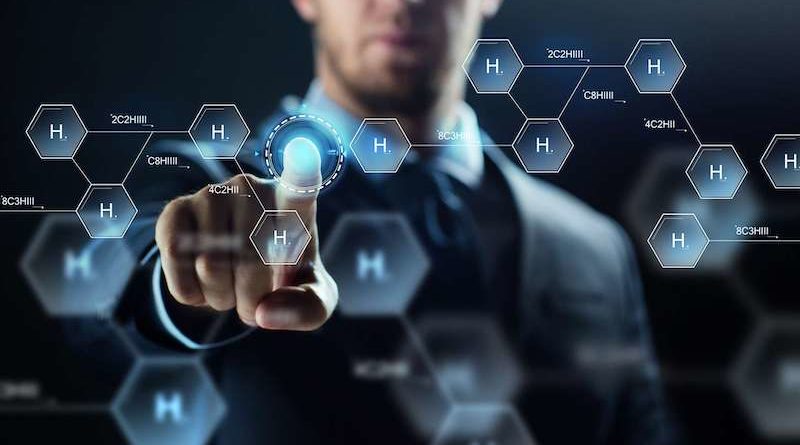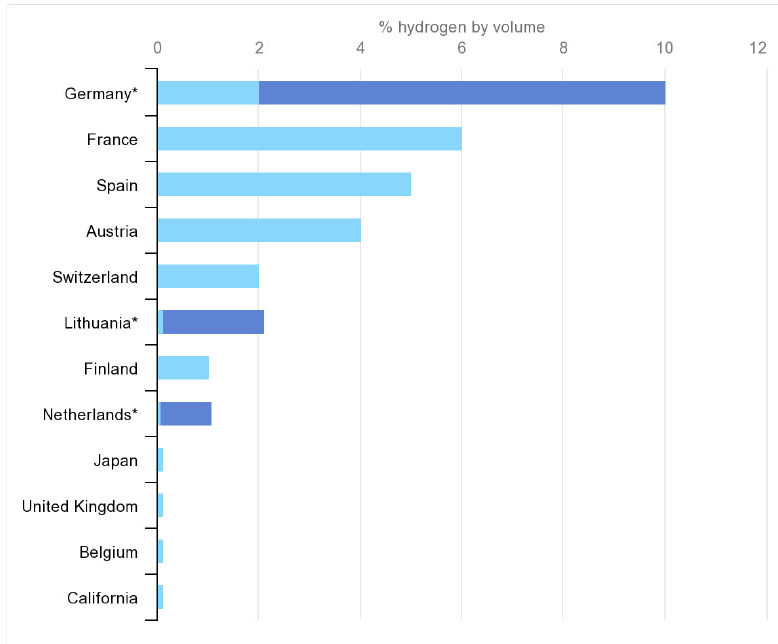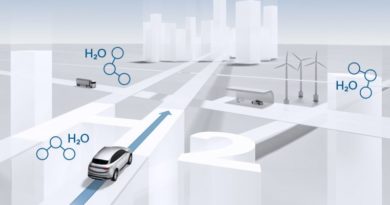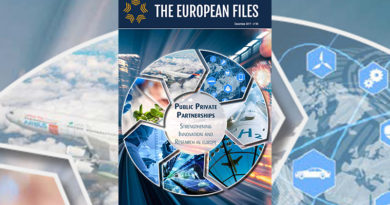
Hydrogen blending standards: is harmonisation needed?
Hydrogen is one of the main pillars – together with increased electrification – of the EU decarbonisation strategy to achieve carbon neutrality by 2050. Currently, hydrogen use, mainly as a feedstock, is confined to local industrial clusters, but it is envisaged that it will also become a main energy vector transporting energy over longer distances across Europe and storing it over longer periods of time than it is economically feasible with electricity. Hydrogen is therefore a key component of the energy system integration strategy outlined by the European Commission in July 2020 and, to mark this, a specific hydrogen strategy was released at the same time.
The transition from the role of hydrogen as a feedstock in local clusters to a major energy carrier across the EU will require not only the development of hydrogen infrastructure, but also an appropriate regulatory framework, including in terms of standardisation. This is in fact likely to be the only area in which the current regulatory framework for natural gas could not fully be taken as an inspiration for the approach to hydrogen.
Standardisation will have to cover several aspects, including quality and safety. Here we focus on a specific aspect, which relates to the way in which hydrogen, as an energy carrier, could be transported in pipelines across Europe.
In essence, two approaches might be considered: blending hydrogen with natural gas and transporting the resulting mixture using the current gas network or transporting hydrogen as such in a dedicated separate network, part of which might be provided by refitted existing infrastructure.
It is clear that the blending strategy, while already contributing to the reduction of carbon dioxide emissions, can only have a transitional role, since full decarbonisation of the EU economy requires a much greater penetration of hydrogen in the EU energy mix than what could be accommodated through blending. Therefore, the question arises of whether and to what extent this transitional role should be governed by blending standards and whether they should be harmonised across Europe.
Blending of minor shares of hydrogen into natural gas does not create particular technical problems in the transportation and usage of the resulting mixture, although some safety considerations might emerge given that the combustion characteristics of hydrogen greatly differ from those of natural gas. At present, different Member States in Europe – and other jurisdictions around the world – impose different limits on hydrogen blending in natural gas networks.

* Higher limit for Germany applies if there are no CNG filling stations connected to the network; higher limit for the Netherlands applies to high-calorific gas; higher limit for Lithuania applies when pipeline pressure is greater than 16 bar pressure.
Sources: Dolci et al. (2019), “Incentives and legal barriers for Power-to-Hydrogen pathways: An international snapshot”, International Journal of Hydrogen; HyLaw (n.d.), Online Database; Staffell et al. (2019) “The role of hydrogen and fuel cells in the global energy system”, Energy and Environmental Science. Chart taken from the International Energy Agency website at Limits on hydrogen blending in natural gas networks, 2018 – Charts – Data & Statistics – IEA
As it can be seen from the chart, among those EU Member States in which blending is permitted, the highest limits apply in Germany (10%, but only if no compressed natural gas filling station is connected to the network, otherwise the limit is 2%), in France (6%), in Spain (5%) and in Austria (4%). However, many jurisdictions do not (yet) allow hydrogen blending into the natural gas network. It is clear that, if blending is accepted as a transitional arrangement to facilitate the development of the hydrogen sector, at least in its initial stages, the seamless functioning of the internal energy market requires that harmonised standards be introduced for the maximum admissible hydrogen share. In choosing the level of such a limit, account should be taken of the need and the costs of refitting the transmission and distribution networks, the potential for using the resulting mixture in end-user industrial and commercial installations, as well as in household appliances and any associated costs.
Of great importance in this assessment is also the extent to which these interventions and costs could end up being stranded once, in the future, hydrogen as such will become the main molecular energy carrier.
Moreover, given that increasing the share of hydrogen in the blended mixture reduces its calorific value, standards should also be developed for the valuation of gas mixtures with different shares of hydrogen.
Finally, strong coordination will be required in the planning of the transition from the initial phase based on blending to a sustainable future based on the use of hydrogen as such as an energy carrier. At that point, two types of molecular energy vectors will be coexisting: hydrogen and renewable gases (biogas, biomethane and synthetic natural gas). They will be competing for the use of existing pipeline networks (and, possibly, for any expansion). However, they will no longer be mixed, so coordination will be required, at EU level, on which infrastructure will be used by each of the two types of molecular vectors in order to avoid the stranding of assets and higher costs for European energy consumers.





